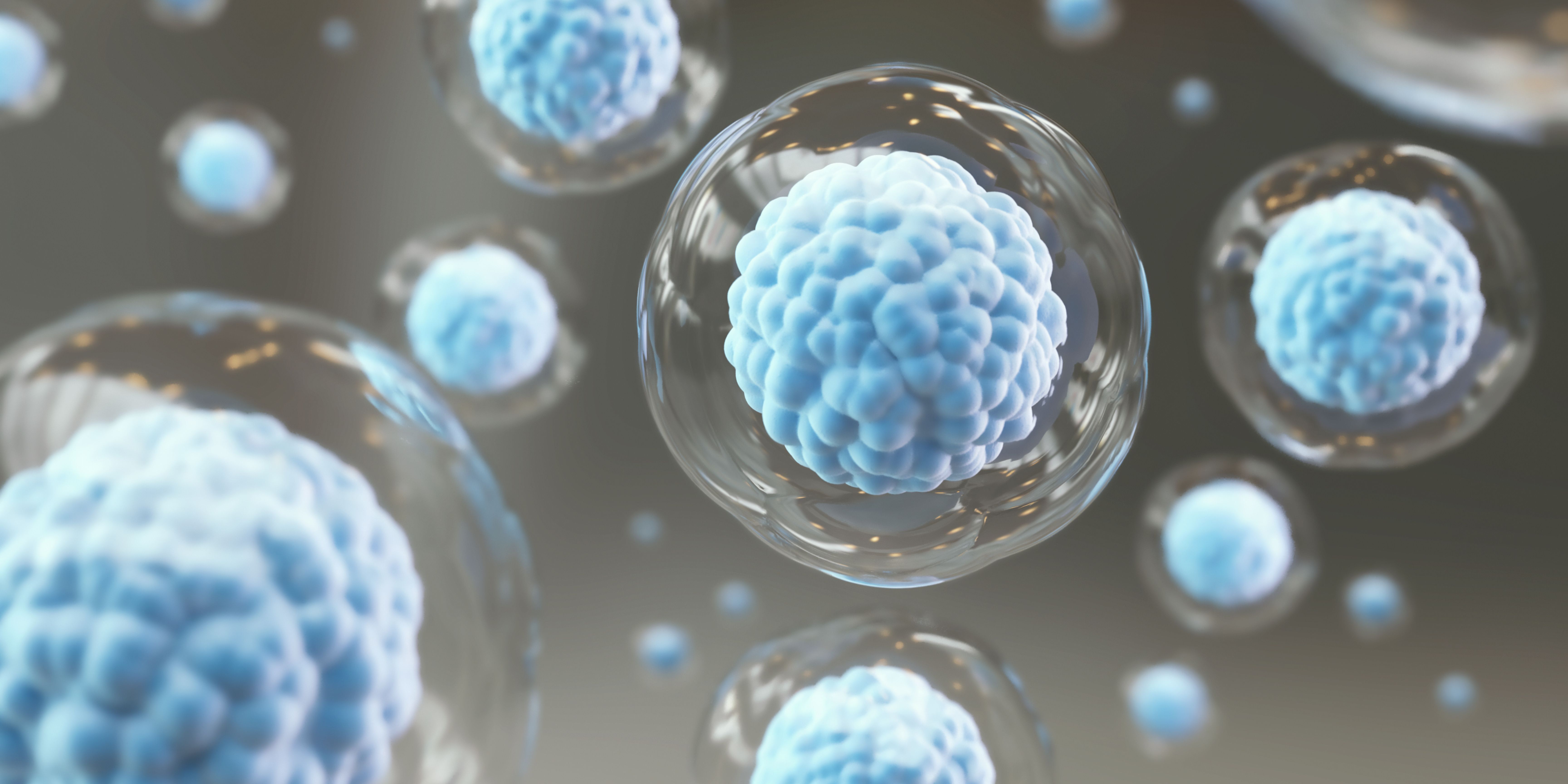Geschreven door Alisa - 4 Minuten leestijd
Microscopic bowls uncover the secrets of protein secretions

Cells secrete a range of proteins such as antibodies and growth factors that affect human health, but even within a specific cell type, some cells secrete more protein than others. Scientists have struggled to establish links between the genomes, transcriptomes, and functional outputs of cells, which presents a key challenge for researchers developing cell therapies. How can they create an effective therapy if they can’t identify which cells will produce the most therapeutically relevant protein?
In a recent study published in Nature Communications, bioengineers and immunologists joined forces to develop microscale hydrogel particles with approximately 35-micrometer diameters and bowl-shaped subnanoliter cavities. These nanovials can be used to measure protein secretion, transcriptome data, and surface markers from individual cells. The team demonstrated that these nanovials can reveal molecular signatures associated with secretion of the antibody immunoglobulin G (IgG) from B cells. Using this approach, scientists can identify subpopulations of cells that secrete more beneficial proteins and leverage them for developing therapies.
One of the most common methods for measuring cell secretions is the enzyme-linked immunosorbent spot (ELISpot) assay, an enzyme-based approach developed 25 years ago. This approach does not allow researchers to subsequently isolate the cells and analyse them further, according to Dino Di Carlo, a bioengineer at the University of California, Los Angeles and author of the paper.
Although microfluidics technologies were popular in cell studies, Di Carlo realised that they weren’t suited for the in-depth exploration of the biology of single cells. His nanovial cavities can be lined with antibodies specific to any protein of interest to measure secretions from individual cells, which are loaded into the nanovials.
“The real advantage is that these little particles, you can make millions of them. You can put them in a tube, and they can be transferred and easily used by others and be analysed,” said Di Carlo. “It’s like a test tube for a single cell.”
The nanovials fit through the channels of a single-cell RNA-seq platform without interfering with the normal sequencing process, allowing the transcriptomes of the cells inside to be analysed. The nanovials were also compatible with methods for analysing cell surface markers, such as flow cytometry. By subjecting the same cell-loaded nanovial to all of these methods, the team linked the data on protein secretion, cell surface marker levels, and the transcriptomes of individual cells together. They named this method secretion-encoded single-cell sequencing (SEC-seq).
“This technology is exciting. It basically allows one to identify a function of a cell and then select it,” commented Frances Eun-Hyung Lee, a pulmonary immunologist at Emory University who was not involved in the study.
Once the nanovials were ready, Di Carlo wanted to test them on therapeutic samples. He contacted Richard James, an immunologist at the University of Washington, who engineers B cell therapies and is a coauthor of the study. James’s team had been interested in identifying features of B cells that make them the most effective for therapeutic use, but lacked the technologies to do so. The collaboration with Di Carlo was exactly what he hoped for.
“When Dino contacted me and I started reading a little bit about his nanovial technology, I got really excited about the idea of applying it to doing screens to find the right sequences to put in B cells to make them very productive and to really understand more about the biology of the cells in a way that couldn't be done previously,” commented James.
James and his team coated the nanovials with antibodies targeting IgG, the most abundant class of antibody produced by human B cells. After capturing the secretions of the cells, they subjected the samples to flow cytometry and single-cell transcriptome sequencing.
Using SEC-seq, the team found exactly what they were looking for: surface markers associated with B cell subpopulations that secreted high levels of IgG and genes with upregulated expression in those same subpopulations. However, some of the results were surprising. The amount of IgG protein secreted by the cells did not correlate with transcription of the IgG gene but rather correlated with some other genes.
“It seems like there are pathways related to reactive oxygen species and oxidative phosphorylation that seem to be upregulated in the cells that are making more protein,” James remarked. “It’s not what we'd expect.”
James and Di Carlo are currently exploring these unexpected results in more depth to better understand the relationships between secreted proteins and their associated molecular signatures. They are also inspired to apply SEC-seq to other therapeutically relevant cell types. “This is the start of opening up this whole book… from the genome, all the way to function,” Di Carlo said. “That's what's exciting.”
Interested in the dynamic Biotechnology Industry? Let our experts guide your career. Explore how we can help you today! Discover the possibilities here.
Also published on Thescientist.com
Want to stay informed about current Life Science and recruitment news on a regular base? Then register here for free.
